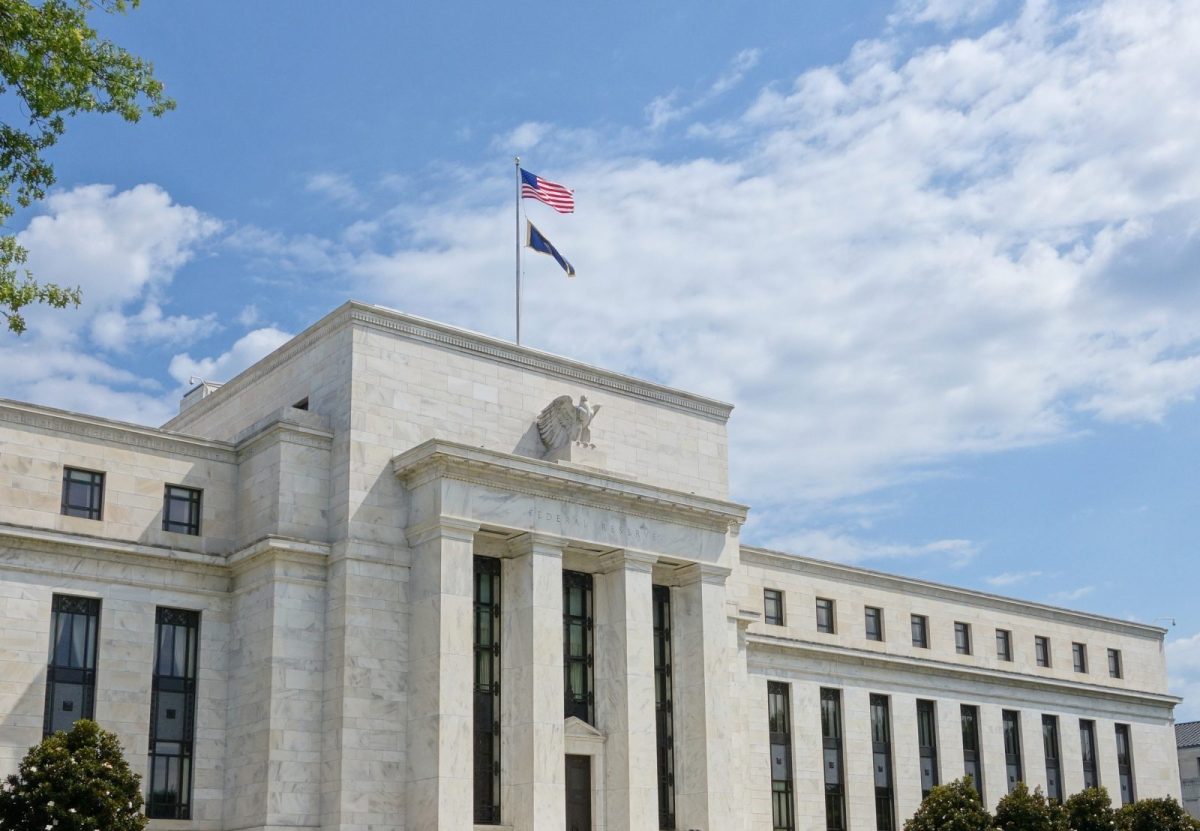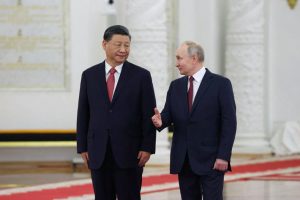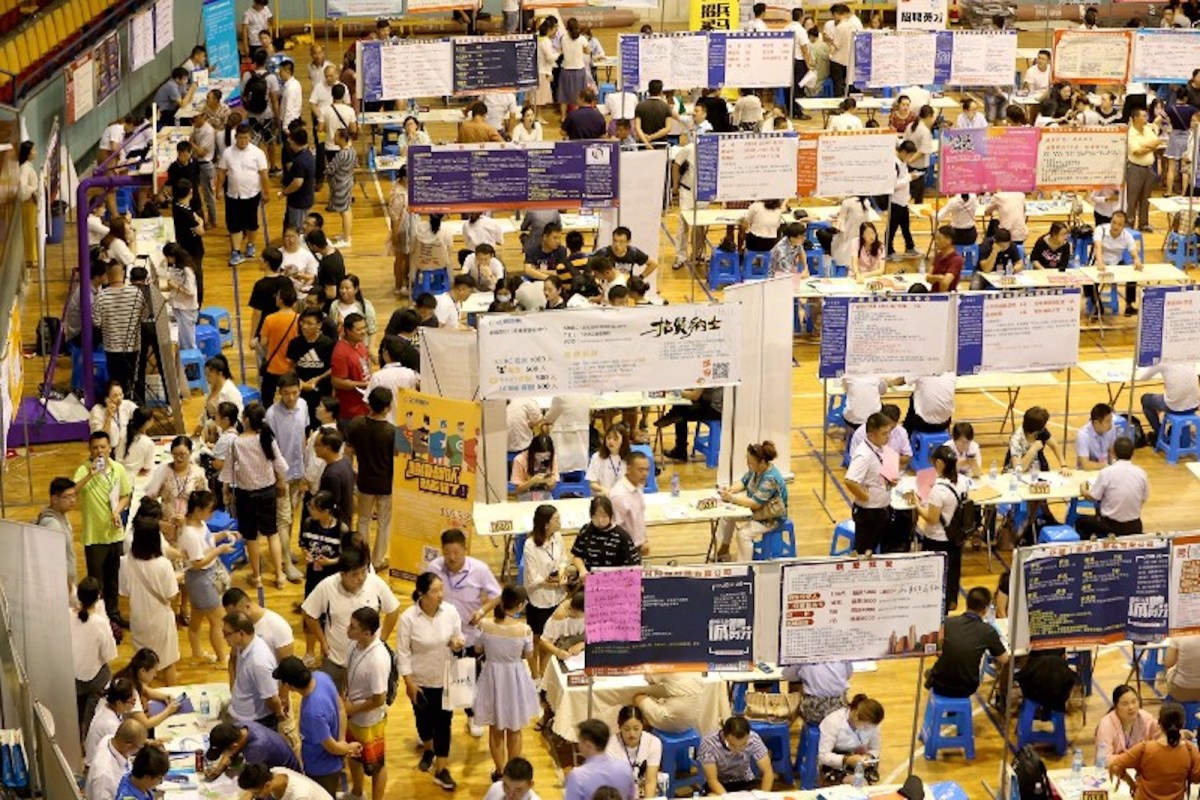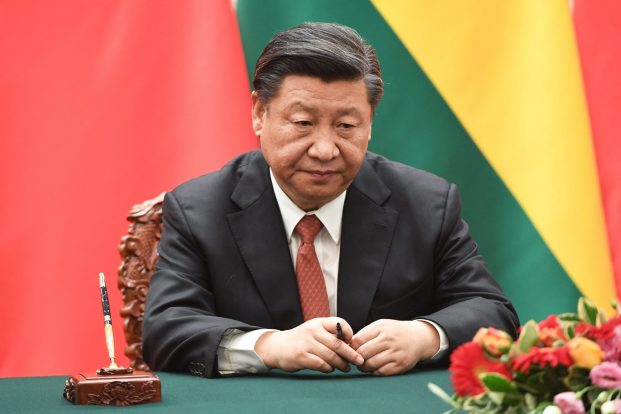Quote of the Day: “Over the past 24 hours there has been a wave of policy easing. Weighing these policy responses is still seen as driving the FX (foreign exchange) market, but the interpretation thus far is that the steps are not enough. Weighing these policy responses (or ‘Phase 3’, using our framework) is still seen as driving the FX market, but the interpretation thus far is that the steps are not enough. The focus for the FX market should remain squarely on the big easing from central banks and governments. However, we also expect more attention on the tightening of policy, namely macro-prudential regulations to stymie volatility. This process has already begun,” HSBC strategists said in a note.
Stock of the day: Sinopec (China Petroleum & Chemical Corporation) edged up marginally on a day when stocks plunged across the board. Asia’s top oil refinery Sinopec said on Monday that its Guangzhou refinery is able to produce very low-sulphur fuel oil (VLSFO) for the marine bunker fuel market.
Number of the Day: $2.8 trillion. The world’s three biggest fund managers have seen their assets shrink by an estimated $2.5 trillion this year, reports the Financial Times, referring to the decline in assets under management of BlackRock, Vanguard and State Street Global Advisors. The global sell-off in markets has heralded this decline, it said.
Tip of the Day: “China is leading global recovery as the number of onshore infections are encouragingly lower while national productivity is steadily higher. PBOC is watchful over market conditions with ammunition to support liquidity and spur consumption in a timely manner. We prefer industrials (EPCs, HDTs, machinery), 5G cellphones, autos, properties, brokers, especially the dual-listed H-shares with widened H/A discounts,” said Jefferies analysts in a note. “HK-only and dual-listed H-shares in our preferred sectors will attract more southbound inflows due to onshore liquidity.”
Financial markets continued to slide after a series of central bank measures to stem an economic collapse stoked fears they may have moved too much and too quickly.
The fast-spreading virus which has claimed 6,513 lives and infected almost 170,000 people globally remains on top of investors’ minds as the MSCI Asia Pacific ex-Japan index slid 4.5%.
The Australian S&P ASX 200 plummeted 9.7%, South Korea’s KOSPI benchmark fell 3.2%, Hong Kong’s Hang Seng index dropped 4% and the CSI 300 benchmark retreated 4.3%. But Japan’s Nikkei 225 fell only 2.5%, outperforming the region as the Bank of Japan decided on additional easing measures at a policy board meeting on Monday.
The Japanese central bank introduced special funds-supplying operations and announced purchase plans for Japanese government bonds, J-REITs and ETFs.
Earlier, the US Federal Reserve decided to lower the target range for the federal funds rate to 0 to 1/4%. It said it would expand its balance sheet by at least $700 billion in coming months to support smooth functioning of markets. To achieve this, it said it would “increase its holdings of Treasury securities by at least $500 billion and its holdings of agency mortgage-backed securities by at least $200 billion.”
“In our view, there’s absolutely a growth component here. It’s becoming increasingly clear that we’re staring down the barrel of an extremely pronounced growth shock – one that may be short in duration, but painful in terms of depth. There are many market commentators who say that rate,” said Manulife’s Global Chief Economist and Global Head of Macroeconomic Strategy Frances Donald.
One trader compared the Fed’s move as “filling up the tank of a car with four flat tires,” but strategists said the moves are aimed at keeping the system working and the economic impact would not be immediate.
The latest measures are part of central banks’ attempts at preventing atrophy and staunching volatility. These efforts will ensure cash remains in the system and can get to those who need it because smooth credit flow to households and firms is essential for the critical economic activity of spending.
Coordinated move
In a co-ordinated move, the Bank of Canada, the Bank of England, the Bank of Japan, the European Central Bank, the Federal Reserve and the Swiss National Bank announced a coordinated action to enhance the provision of liquidity via the standing US dollar liquidity swap line arrangements.
The BOJ also announced a schedule for conducting auctions for the US dollar funds supplying operations for the term of one-week and three-month.
“The measures announced by the Bank of Japan today lack teeth and we still believe that the Bank will eventually lower its short-term policy rate. The Bank brought forward the meeting scheduled to end on Thursday to today, but decided not to follow up the 100bp cut by the Federal Reserve with a cut to its own short-term policy rate,” said Marcel Thieliant, Senior Japan Economist at Capital Economics.
These shockwaves have sent investors to the safe havens – 10-year US Treasuries yields dropping 19 basis points to 0.76% and the Japanese yen is 1.5% higher. The weakness has moved westwards – Euro Stoxx futures are 8% lower and US futures are limit down.
UMESH DESAI
Umesh Desai is Asia Times Finance Editor. Prior to his current role he was at Reuters for 19 years before which he was a credit ratings and equity research analyst. A chartered accountant by training, he is based in Hong Kong. More by Umesh Desai
























